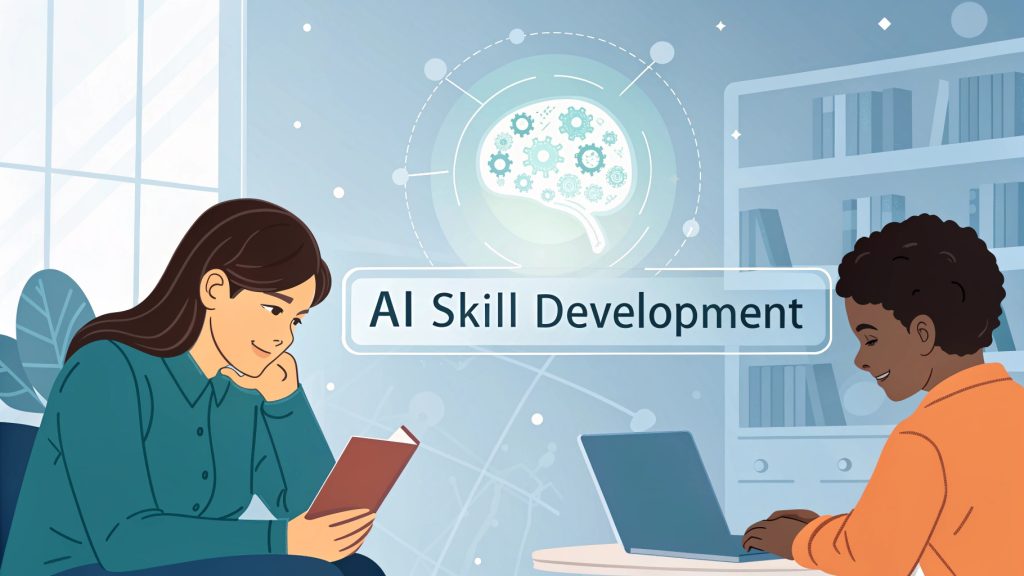
Did you know that many learners struggle with common mistakes when using Scalenut AI tools? Assisted learning with AI is powerful, but only when used correctly. In this article, we explore the five biggest errors learners make with Scalenut and reveal expert tips to avoid them. Keep reading to unlock smarter ways to boost your learning experience with AI!
Common mistakes learners make using Scalenut AI tools
Have you ever wondered why sometimes AI tools like Scalenut don’t give the results you expected? Many learners make common mistakes that limit the potential of assisted learning with AI. Understanding these pitfalls is the first step to becoming a smarter learner.
Misunderstanding AI capabilities vs Human input
One big mistake is thinking AI can do everything perfectly on its own. Scalenut AI is powerful, but it doesn’t replace your brain. It needs your input to guide it. Imagine it like a super helpful assistant that needs clear instructions. Without human direction, the output might be off or irrelevant.
Neglecting to customize prompts for better results
Another error is using vague or generic prompts. AI tools respond best to detailed, specific inputs. If you just type “write about history,” the results might be broad and shallow. But if you ask, “explain the causes of World War II for teens,” Scalenut will deliver focused, useful content. Customizing your prompts makes a huge difference.
How assisted learning improves with correct use of Scalenut
Using Scalenut AI the right way can truly boost your learning process. But how exactly does assisted learning work better with this tool? Let’s break it down.
Combining AI suggestions with personal learning goals
Scalenut AI works best when you align its suggestions with your own learning goals. For example, if you’re trying to improve your essay-writing skills, use AI to generate ideas, but then shape those ideas with your voice and knowledge. This blend of AI assistance and personal effort leads to deeper understanding.
Setting realistic expectations for Scalenut outputs
It’s important to remember that AI-generated content is a starting point, not a final product. Scalenut’s suggestions need your review and editing to fit your style and objectives. Thinking of AI as a helpful coach instead of a magic wand will save you frustration and make your learning more effective.
Many learners use Scalenut without fully understanding its limits. Our post on AI-assisted learning errors shows how strategy is just as important as the tool. For a stronger foundation, don’t forget to check related pitfalls with Quillbot and Hypotenuse AI.

Expert tips to avoid errors while using Scalenut
Want to get the most out of Scalenut without falling into common traps? Here are some expert tips to guide you.
Refining prompts for clarity and relevance
Always be as clear and specific as possible when creating prompts. Instead of “write about climate change,” try “summarize the main effects of climate change on polar bears.” The clearer your question, the better the AI can tailor its response to your needs.
Using iterative feedback loops to enhance learning outcomes
Don’t settle for the first output. Use the feedback loop: review the AI’s response, then adjust your prompt or add more details, and try again. This iterative process helps you learn by refining content step by step, making your understanding stronger.
Practical examples of learners correcting their Scalenut mistakes
Seeing how others overcome mistakes can inspire you. Let’s look at some real examples.
Case study : Improving essay quality with adjusted AI prompts
One student initially used vague prompts with Scalenut and got generic essays. After learning to add more detail and context in prompts, their essays became focused and insightful. This simple change made a big impact on their grades and confidence.
Example : Balancing AI assistance and independent thinking
Another learner realized they were relying too much on Scalenut’s suggestions without adding their own ideas. By consciously mixing AI help with personal thoughts, they developed stronger critical thinking skills and more original work.
Understanding Scalenut’s limitations in assisted learning environments
While Scalenut AI is a powerful tool, it has its limits. Recognizing these will help you use it wisely.
Recognizing when to rely on Human judgment
AI can sometimes miss context or make factual errors. For example, it may produce content that sounds good but isn’t accurate. That’s when your human judgment comes in to double-check facts and ensure the message fits the assignment.
Managing over-dependence on automated content generation
It’s easy to get addicted to AI writing tools, but leaning too much on them can stunt your learning. Remember, Scalenut should assist, not replace, your effort. Balance AI use with active thinking, research, and writing practice to develop lasting skills.
To sum up, avoiding common mistakes with Scalenut AI can dramatically improve your assisted learning journey. By customizing prompts, balancing AI help with your own effort, and recognizing the tool’s limits, you’ll learn smarter and more effectively. Ready to level up your skills? Share your thoughts below and explore more about assisted learning with AI in our related articles.


